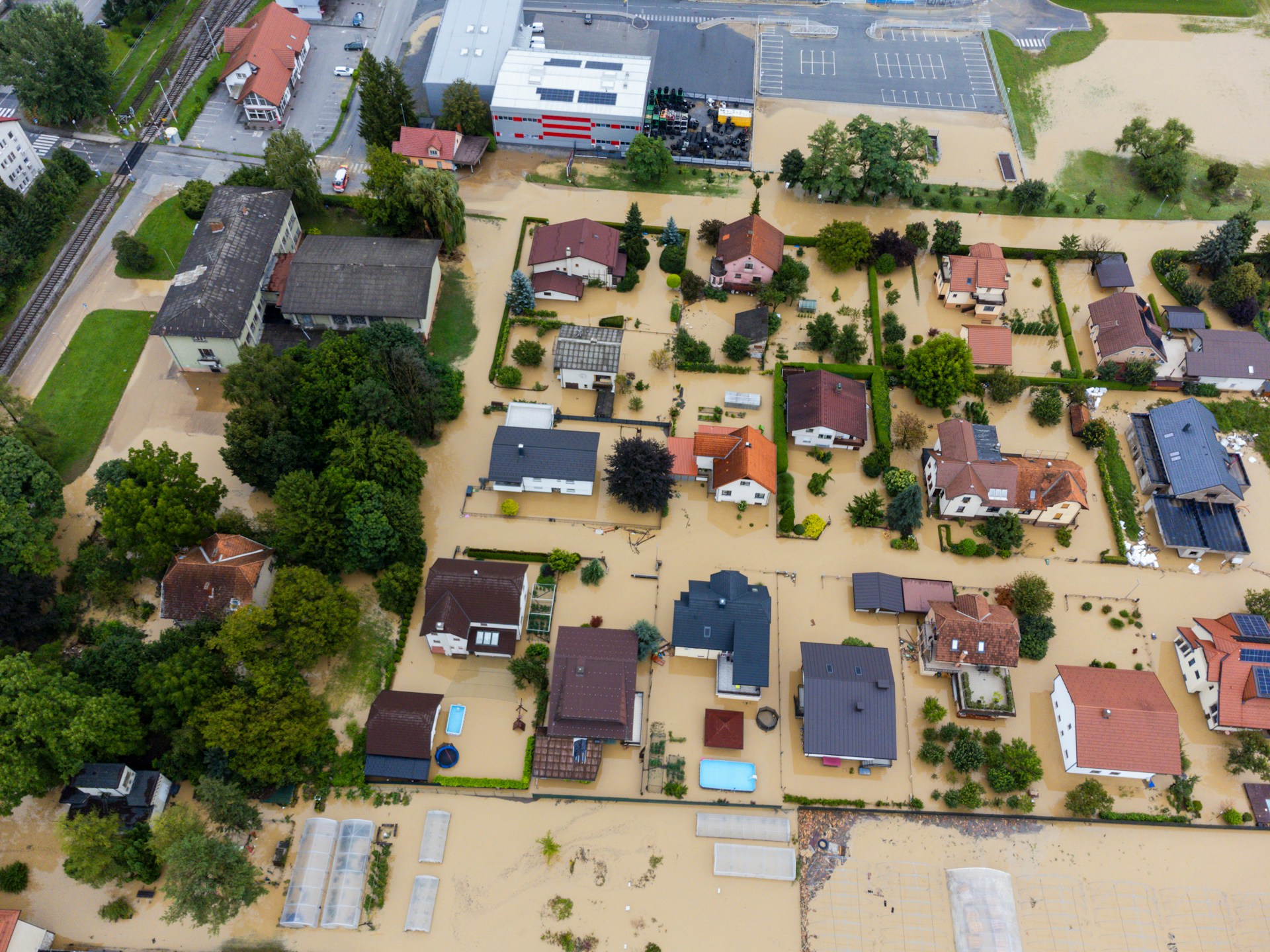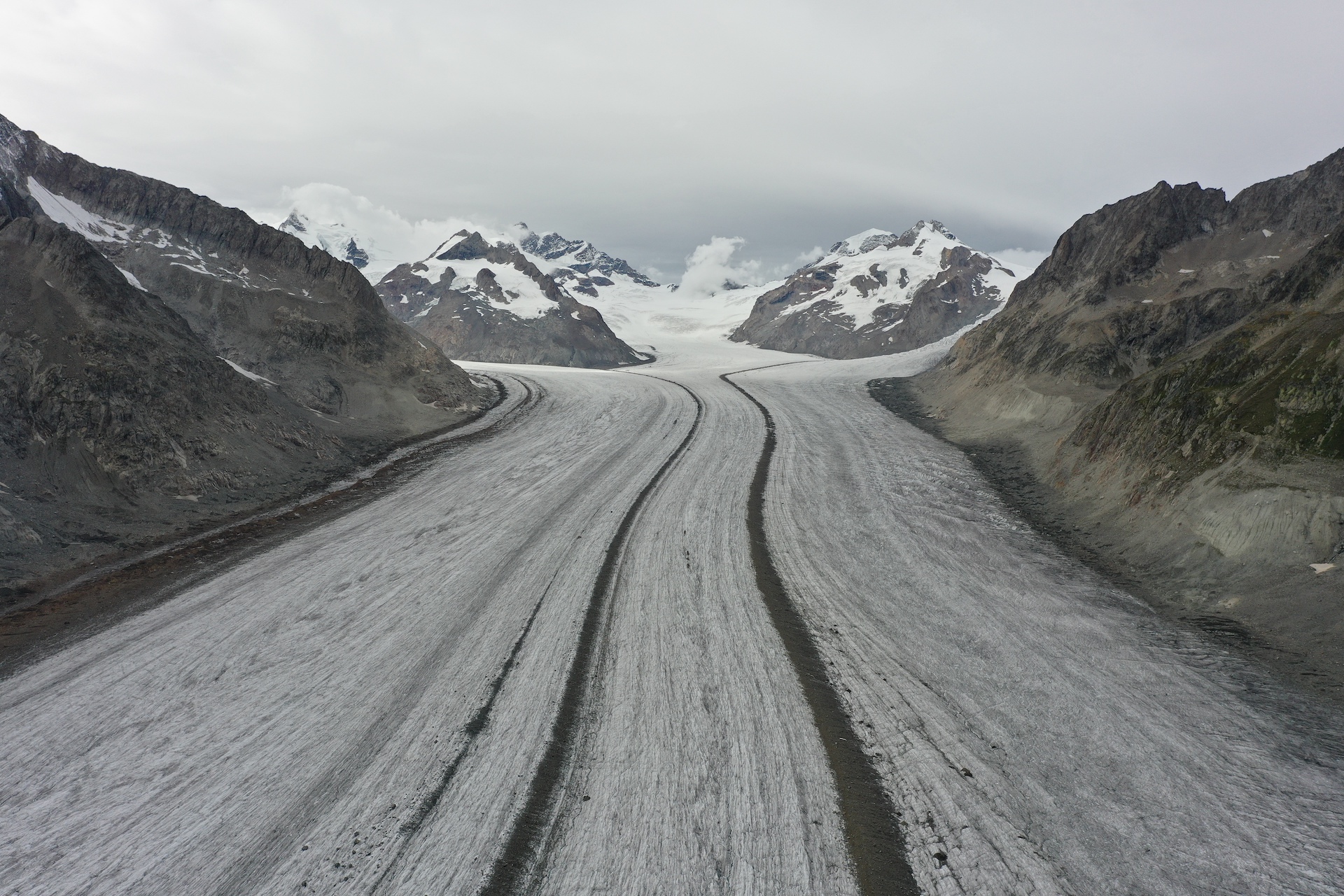The Copernicus Marine Service has published the 2nd Ocean State Report (OSR2), an extensive analysis of the state of the ocean over the last quarter of a century. An accompanying summary has also been published that highlights some specific key findings of the report along with scientific content designed to boost ocean literacy among the general public and to deliver information for decision-makers.
Here we present its major highlights:
- Over the past quarter of a century, the global ocean and the European seas are warming and the sea level is rising, and a number of record-breaking extreme events occurred in Europe.
– Global sea level is rising at a rate of 3.3 millimetres per year (2.5 to 4 millimetres per year in European seas). About 30-40% of this sea level rise is due to the thermosteric (warming) effect (water expands when heated).
– Global ocean heat content (heat absorbed by the ocean) increased at a rate of 0.8 Watts (heat) per metres squared. About 93% of the excess heat created by human activities on Earth is absorbed by the ocean.
– Over the past quarter of a century, global sea ice melted at a pace far faster than ever observed since our earliest records dating back to the 1980s and there was a record sea ice extent low at both poles during the year 2016. In the Arctic, sea ice extent is decreasing at a rate of 6.2% per decade while sea ice volume has decreased at a rate of 15.4% per decade. - Driven by long-term variability rather than an ongoing trend, the Atlantic Meridional Overturning Circulation (AMOC) strength has weakened since about 2005, and the Gulf Stream has decelerated over the past 25 years.
- During the 1990s there was a relatively stable carbon uptake in the global ocean and a sharp increase in the ocean’s uptake of carbon since the beginning of the 2000s.
- Over the past two decades, ocean chlorophyll has increased in high latitudes and in the European Seas (except for the Black Sea), and decreased in the tropical ocean.
- Ocean deoxygenation in the European seas is reported and detailed for the Black Sea, where there has been a deoxygenation trend reported over the past 60 years.
Written by more than 100 scientific experts from more than 30 European institutions, the Copernicus Marine Service OSR provides a comprehensive and state-of-the-art assessment of the current state, natural variations, and changes in the global ocean and European regional seas. It is meant to act as a reference document for scientists, the blue business community, policy and decision-makers as well as the general public.
The Ocean State Report draws on expert analysis and provides a 4-D view (reanalysis systems and monitoring over time), from above (through satellite remote sensing data) and directly from the interior (in situ measurements) of the blue (e.g. hydrography, currents), white (e.g. sea ice) and green (e.g. chlorophyll) ocean. Scientific integrity is assured through a process of independent peer review in collaboration with the Journal of Operational Oceanography (JOO).
23 new commitments for Our Ocean
During the Our Ocean conference in Bali this year, the EU has made 23 new commitments for improving the condition of our oceans and tapping their potential. These include €100 million for Research and Development (R&D) projects to tackle plastic pollution and €82 million for marine and maritime research, such as ecosystem assessments, seafloor mapping and innovative aquaculture systems. The new EU action also includes a €18.4 million investment to make the European blue economy – the economic sectors that rely on the ocean and its resources – more sustainable.
The EU’s showpiece Earth observation programme Copernicus features prominently in the list of new commitments. The programme’s support will be enlarged with another €12.9 million for maritime security and for research dedicated to coastal environmental services, in addition to the €27 million Copernicus funds devoted at Our Ocean 2017 conference. With its Maritime Surveillance System Copernicus has significantly underpinned the EU commitments to reinforce maritime security and law enforcement. Read more here.
For further information:
The Copernicus Marine Service website.
Download the Copernicus Marine Service Second Ocean State report.






